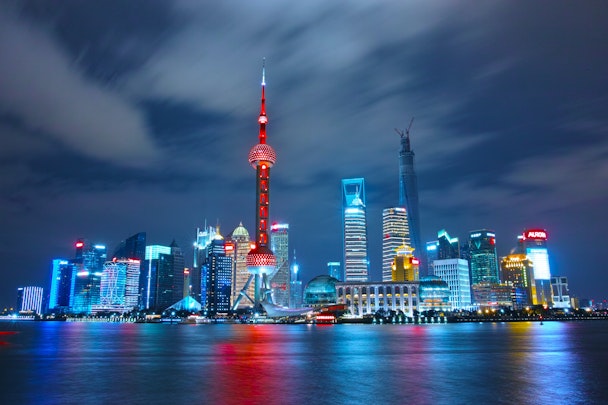It’s time to recognize the global marketing pioneers in China
The rise of east Asian markets remains a topic of debate across publications worldwide. Here, Domenica Di Lieto, boss at agency Emerging Communications, argues that – in marketing at least – the debate is over, with Chinese marketers easily outperforming their western counterparts.

Chinese marketers are leading the world / Li Yang, via Unsplash
Marketing professionals in first-world countries have a history of leading those of other nations. Individuals, brands and agencies in the UK and US in particular have long track records of imperiously sweeping all before them at international advertising awards, of pushing boundaries with record-breaking creative campaigns, and keeping work on the biggest brands to themselves.
But do they still lead as markets become increasingly global? No. The former communications colossuses are shrinking. Their thinking and ability to communicate, develop customer experience (CX) and understand consumer prospects is flagging. Compared to the new pioneers – their Chinese counterparts – the one-time marketing elite are starting to look like minnows.
The new giants
Consider how Chinese companies approach consumer understanding compared to those outside. A good example is that of retail giant JD.com. It is dedicated to understanding customers and delivering perfect customer journeys. At the center of the company are 16,380 staff working in its research, design and operations department.
In fulfilling brand promise, JD uses 70 different degrees of automation to enable an uninterrupted flow of deliveries that was not even affected by pandemic lockdown, during which it used drones for last-mile fulfillment.
And smaller brands and retailers in China are equally committed to continuous deep learning about consumers, markets, media development and rivals. It is standard practice to use social media listening, data analyses, focus groups, behavior tracking, and listening and testing via social media community management. These options are used intensively to acquire insight, but also for the co-creation of products and services based on consumer consultation and feedback. Often this form of development takes place at astonishing speed.
This has enabled the development of a truly omnichannel consumer environment, including embedded payment. Brand promise is delivered through complex CX, knowing what consumers want in the present and constantly pushing boundaries to meet expectations in the future. Use of social media and social media commerce is five to 10 years ahead of anywhere else.
A revolution in customer journeys
Customer journeys are often so advanced with augmented reality (AR), artificial intelligence (AI) and robots that there is little relationship to customer experience in countries where it is not even possible for shop staff to order online what is out of stock in store.
It can sometimes seem that every day in China, significant media developments and launches are revealed, radical new customer journey experiences are unveiled, and new ways of selling and buying are created. Increasingly, consumer media and technological innovation comes out of China to the west, not the other way around. It’s hard now to imagine a company from Europe or the US producing an app as universally popular as TikTok.
Marketers in China work at ground level with consumers to understand how to create highly granular communication that can dominate target buyer inboxes for a week at a time through marketing-driven peer recommendation. It is not unknown for this to result in stock from outside China having to be flown in to meet short-term demand.
Keeping up with China’s pace
China also provides lessons in marketing agility. Marketers seek change, not ‘normal.’ When Covid struck, it took only days to identify and adopt new ways to communicate. From little use the year before, livestream selling accounted for £110bn in sales in 2020, according to KPMG. Some markets such as skincare and beauty had their biggest growth years.
Above all, in China marketing is about building narratives that support and add value to how consumers see themselves, their values and their life choices. It is more compelling than the tradition still being pushed elsewhere of the brand as the hero – something that does not connect with Chinese buyers. European and US brands in China habitually cling to brand as the focus of propositions, leading to eroding relevance and continually falling sales. As a message it is becoming less believable in other markets too.
Because China is ten years ahead in marketing and CX, it is a global learning ground for those outside. Any marketer that wants to know what the future looks like only needs to fly to a tier-1 city once Covid travel restrictions allow. Visitors never fail to be amazed by what local people perceive as normal.
There is a lot to learn from China, and there is a willingness to share. Brands and retailers are frequently open to talking about strategy and operations. However, learning can also come from understanding consumer sentiment and behavior. Chinese buyers are more sophisticated and marketing-savvy than elsewhere. It is possible to learn a great deal from what makes them buy, and what keeps them buying.
China is an open book on the future of marketing. It is time to learn from it. As Confucius said: “Thought without learning is perilous.”
Content by The Drum Network member:

Emerging Communications
Our mission is to fuel the growth of world-leading brands by building profitable relationships with Chinese audiences globally. Our unique insights into Chinese...
Find out more
